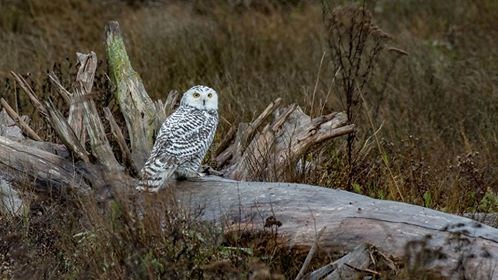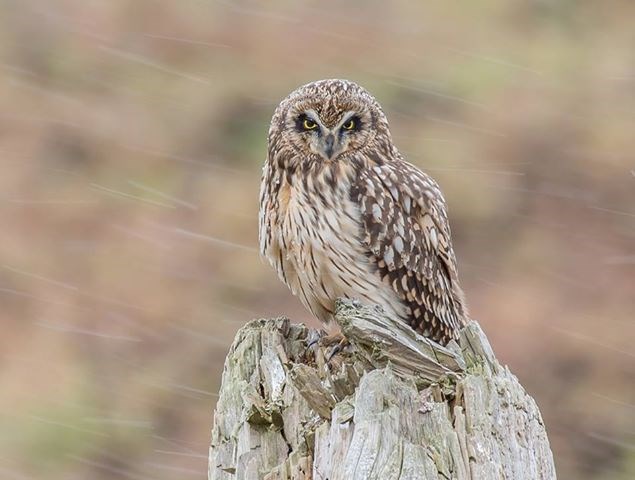Winter in the Lower Mainland is notoriously grey and rainy, but a community of birders say getting outside and looking for wildlife is a sure way to get your spirits up.
“My favourite part on a dreary day is seeing these birds that brighten it up,” said Melissa Hafting, Richmond resident and nature photographer who runs the BC Rare Bird Alert blog.
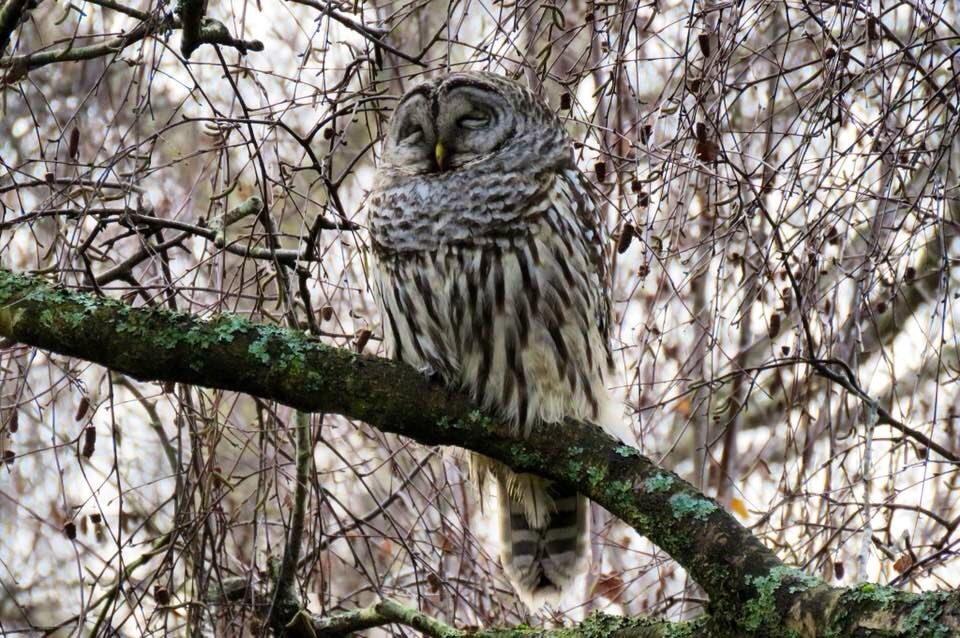
She loves seeing flocks of snow geese cross over Richmond every winter, plus the owls and finches that are easier to spot this time of year.
“When you go out to Iona you’ll see the marsh, and that’s where you’ll see lots of owls and raptors, northern harriers, peregrine falcons even,” Hafting said.
“Owls are the hot thing for everybody,” agreed wildlife photographer Anthony Bucci, who said the best time for spotting them is between October and March.
Kate Paton, a Richmond amateur birder, said winter is actually her favourite time to go out because of the types of birds there are.
Paton and Hafting shared some of their favourite spots to grab their cameras and go for a walk:
- Iona Beach
- Terra Nova
- Richmond Nature Park
- Dyke Trail
- Garry Point Park
“What’s cool about birding in Richmond is that there’s so many different little micro habitats,” Hafting said.
Plus, there’s the convenience. Paton loves birding in Richmond because all the nature spots are within a ten-minute drive of her home.
In the zone - one with the tree! Beautiful GHO this cold windy #wildlifeWednesday 19 December 2018 #greathornedowl #owl #wildlife #nature #richmondbc #richmondmoments #vancouverbirds #vancouver #canada #canadianwildlife #pnw pic.twitter.com/m82jodT0AF
— Pacificnorthwestkate (@pnwkate) December 19, 2018
If you want to venture a little further, Bucci recommends Boundary Bay in Delta.
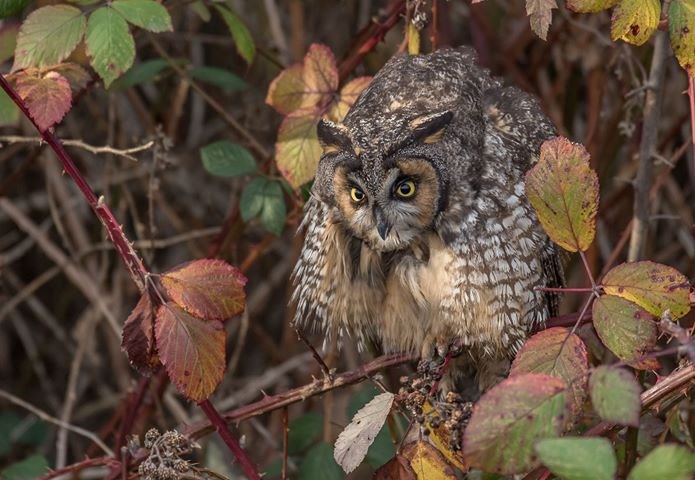
The first step, though, is to get out there. Paton said she tries to get out for a walk every day that lasts between one and two hours. Hafting admits that can be harder in the winter, but still said getting outside keeps her grounded.
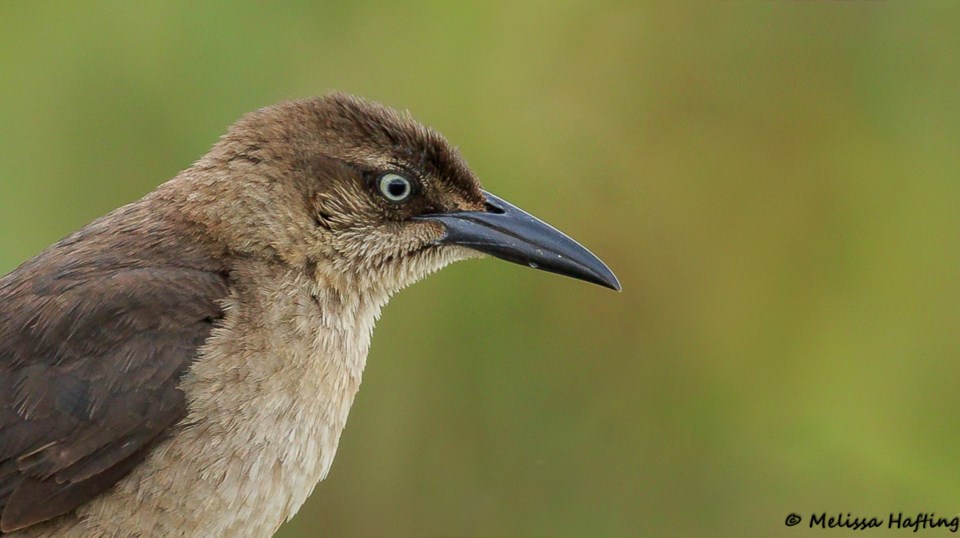
She loves the thrill of seeing a rare bird (there’s even a community of people who chase rare birds known as twitchers), but she also has a soft spot for more common ones, like chickadees.
This year she’s excited about an immature northern goshawk, a very rare bird in Richmond, that’s hanging around Terra Nova. Hafting said he’s likely feeding on ducks.
“It’s a beautiful hawk that usually lives in the forest. Sometimes after they breed the young ones disperse and that’s why they end up in weird spots. He’ll probably stay there the whole winter.”
All three wildlife photographers say it’s important to practice ethical birding when trying to get the perfect shot.
- Never use bait to get the animal closer to you
- Never harass the animal to wake it up or get it to fly away. Bucci explained many birds, owls especially, need to rest during the day so they have energy to hunt at night
- Keep litter away from parks
- Don’t disclose the location or nesting site of a rare or endangered bird
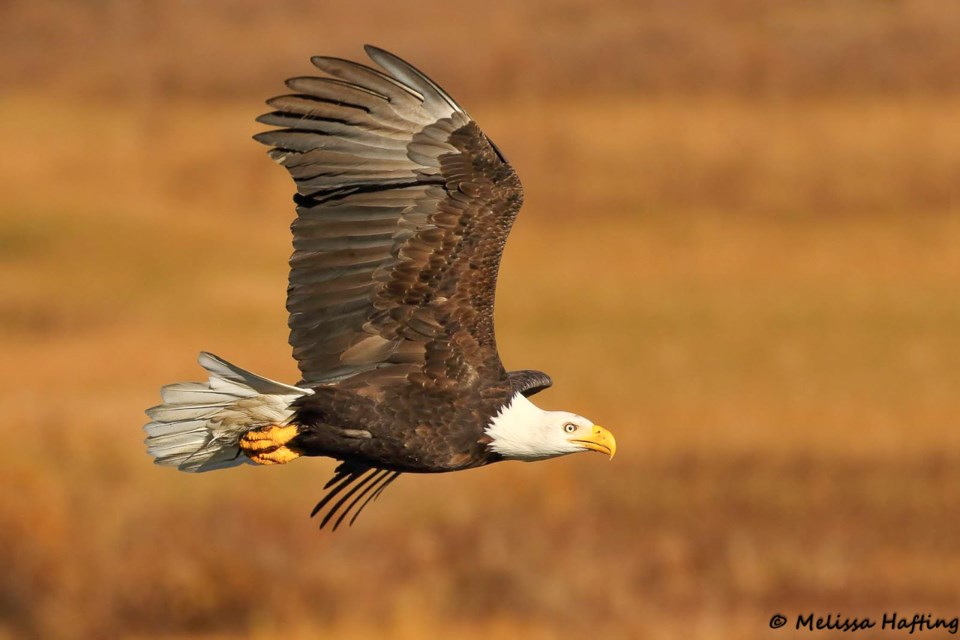
They also have some tips for bringing back beautiful pictures:
- Start taking photos first, invest in equipment later, said Paton. She uses a simple point-and-shoot Nikon, and says even iPhones can take good pictures these days
- But consider investing in a good pair of binoculars, said Hafting
- Birds tend to be most active early in the morning or later in the afternoon, according to Bucci
- If the weather is so awful you don’t want to go outside, chances are the birds won’t be too active either. Bucci said he gets his best shots on days that are overcast or partially cloudy, not when it’s pouring rain
It’s also not a bad idea to set up a feeder in your own backyard, said Hafting. You’ll see birds without leaving your home, and feeders are immensely popular this time of year.
If you’ve been bitten by birding fever, consider coming out to an annual Christmas bird count. There's also one for youth aged 12 to 18 happening in Delta on Jan. 5.
She also runs a youth birding program where she mentors young nature enthusiasts and organizes field trips.
Or, you could consider signing up for a personalized tour with Bucci. He’ll take you for a full or half-day jaunt to his favourite spots around the Lower Mainland while giving you photography tips. If you’re lucky, you may even spot a great horned owl or rare snowy owl.
